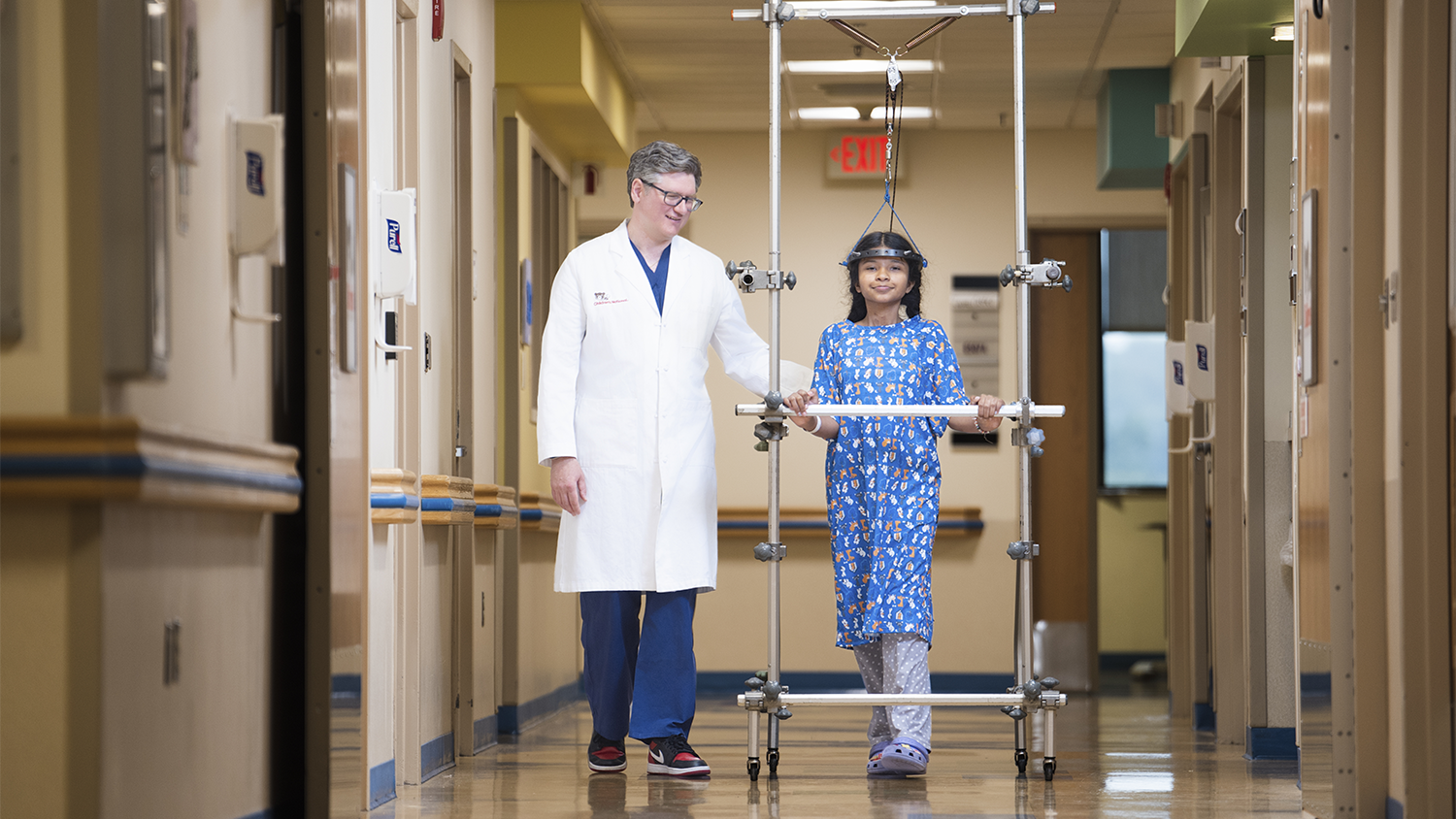Your child's healthcare provider will ask about your child's health history and symptoms. He or she will examine your child. Your child may be referred to a specialist. This may be a bone specialist (orthopedic surgeon) or a bone cancer specialist (orthopedic oncologist). Your child may need tests such as:
- X-ray. An X-ray uses a small amount of radiation to take pictures of bones and other body tissues.
- Blood tests. Osteosarcoma can cause changes in some blood tests. For instance, liver tests and the erythrocyte sedimentation rate (ESR) may be higher than normal. Blood tests also give an idea of your child's overall health.
- CT scan. This test uses a series of X-rays and a computer to make detailed images of the inside of the body.
- MRI. This test uses large magnets, radio waves, and a computer to make detailed images of the inside of the body.
- Bone scan. A small amount of radioactive tracer is put into a vein. It travels through the blood. Then the whole body is scanned. The tracer collects in parts of bone where there may be cancer.
- Positron emission tomography (PET) scan. For this test, a radioactive sugar is put into the bloodstream. Cancer cells use more sugar than normal cells, so the sugar will collect in cancer cells. A special camera is used to see where the radioactive sugar is in the body. A PET scan can sometimes spot cancer cells in different parts of the body, even when they can’t be seen on other tests. This test is often used along with a CT scan. This is called a PET/CT scan.
- Biopsy of the tumor. A small piece (sample) of the tumor is taken and tested for cancer cells. A biopsy is needed to diagnose osteosarcoma. The biopsy may be done with a needle or with surgery. It’s very important that a biopsy be done by a doctor with experience and knowledge about bone tumors.
After a diagnosis of osteosarcoma, other tests might be done. These help your child's healthcare providers learn more about the cancer. They can show how much and how far the cancer has spread (metastasized) in your child's body. A stage grouping is then assigned.
A commonly used staging system uses stage groupings with a value of 1 to 3. They are written as Roman numerals I, II, and III. Some staging systems add a stage 4 (IV). The higher the number, the more cancer there is and the more it has spread. Letters and numbers can be used after the Roman numeral to give more details.
Staging for osteosarcoma also takes into account the grade of the cancer. This is a measure of how much the cancer cells look like normal cells. A 1 or 2 is used. In grade 1 (G1) tumors, the cancer cells look a lot like normal cells and tend to grow and spread slower than grade 2. This may also be called a low-grade tumor. Grade 2 (G2) is called high grade, and the cells look very different from normal cells. They tend to grow and spread quickly.
When working on a treatment plan, some providers use a simpler way describe osteosarcoma:
- Localized means the cancer is only in the bone and nearby tissues. Most osteosarcomas are localized when they're first found.
- Advanced or metastatic means the cancer has spread to other parts of the body, like other bones or the lungs.
Localized osteosarcoma then falls in 1 of these groups:
- Resectable means all of the tumor can be taken out with surgery.
- Unresectable or non-resectable tumors can't be completely removed.
The stage of a cancer is one of the most important things to know when deciding how to treat the cancer. Be sure to ask your child's healthcare provider to explain the stage of your child's cancer to you in a way you can understand.













